Introduction
What if I told you that in 2022–23, over 39 million Indian students risked dropping out before completing school?
The latest UDISE+ Report reveals a 7.8 percent dropout rate at the primary level, 8.1 percent at upper primary, and a concerning 16.4 percent at the secondary level. These figures aren’t just statistics, they reflect real lives impacted and aspirations delayed.
Is our system doing enough to keep students in school?
According to PIB Data:
- Primary level (Grades 1–5): 1.9% dropout rate.
Approximately 4.71 million students dropped out. - Upper Primary level (Grades 6–8): 5.2% dropout rate.
Approximately 6.45 million students dropped out. - Secondary level (Grades 9–10): 14.1% dropout rate.
Approximately 7.14 million students dropped out.
Source –
PIB
Education for All in India
The Times of India
UDISE+ report
Behind these numbers are real students and children whose stories remain unheard. Their dreams are interrupted, and their hopes are put on pause. What might they have achieved if they had been given the time, support, and space to learn differently?
“Education is the most powerful weapon which you can use to change the world.” – Nelson Mandela
In this blog, we’ll explore:
- The hidden truths behind India’s school dropout crisis
- Why our traditional system continues to fail vulnerable learners
- How Microschools, especially Apni Pathshala’s PODs, are transforming education for dropouts
India’s Dropout Problem
Imagine a child eager to go to school, only to be pulled away by poverty, family pressure, or the fear of exams. This isn’t a rare case, it’s the reality for millions in India.
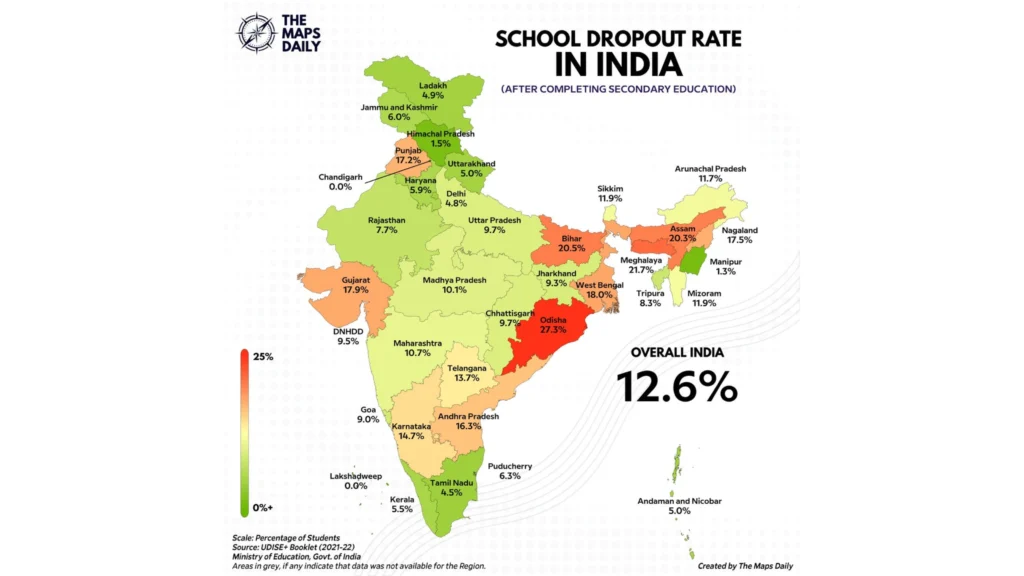
Why This Is a National Crisis
Dropping out doesn’t just end a student’s education. It affects livelihoods, community growth, and national progress. According to the Annual Status of Education Report (ASER) 2023, students aged 14–18 in India often struggle with basic reading and math. As students get older, dropout rates rise sharply.
These numbers aren’t just statistics, they represent lost futures.
Countries like Vietnam, once facing similar challenges, now boast literacy rates over 94% and have transformed their education system through reforms, vocational training, and localized solutions.
India must ask: What’s stopping us?
Why Do Indian Students Drop Out?
Common reasons include:
- Financial stress and poverty
- Early marriage, especially for girls
- Poor school infrastructure and limited access
- Overcrowded classes and poor quality teaching
- Pressure from competitive exams like NEET, JEE, UPSC
- Migration due to seasonal work or relocation
“Children must be taught how to think, not what to think.” – Margaret Mead
Many dropouts aren’t weak or uninterested. They’re driven, curious students the system failed to support.
Microschools
Microschools are not just smaller classrooms they are learning environments where students who were once forgotten are seen, heard, and supported.
What Are Microschools Really About?
Microschools are local, personalized learning hubs with 10 to 30 learners. They’re built for flexibility, relevance, and mentorship. Instead of focusing on marks and textbooks, they prioritize real-life skills, creativity, and confidence-building.
Learn more about Microschools – Apni Pathshala
Why Microschools Work for Dropouts
Flexible Timings
Many dropouts work part-time or manage household duties. Microschools let them learn without rigid schedules.
Practical Skills Over Theory
Students learn coding, design, video editing, and digital marketing skills that prepare them for actual jobs.
Small, Supportive Groups
In classes of 10–30, students receive personal attention. There’s no judgment, only guidance.
Learning at Their Own Pace
Dropouts often left because they couldn’t keep up or felt left behind. Microschools allow catch-up time.
Confidence Through Projects
Project-based learning gives a sense of ownership and pride. Instead of failing tests, they succeed in building.
“Excellence is not an accident. It is a process.” – Dr. A.P.J. Abdul Kalam
Microschools work because they care about the student’s journey, not just the outcome.
Apni Pathshala PODs: Local Change, Global Impact
What Is a POD?
A POD (Point of Delivery) is a microschool set up by Apni Pathshala in underserved communities. These centers are powered by local mentors, equipped with digital tools, and driven by a belief in second chances.
Why Apni Pathshala PODs Work
- Run by local youth mentors who understand the culture, language, and challenges
- Accessible digital education, from computer basics to freelancing platforms
- Low or no cost to ensure no one is left out
- Emotional and academic support for students who’ve experienced rejection from the system
Students in PODs Have Gone On to Become:
- Freelancers earning online
- Young digital marketers
- Graphic designers
- Confident learners with renewed self-belief
Microschools like Apni Pathshala’s PODs don’t just offer education, they offer restoration.
“It is easier to build strong children than to repair broken men.” – Frederick Douglass
Conclusion: More Than Just a Second Chance
Let’s recap:
- India’s dropout numbers are alarming,
but not unchangeable - The education system isn’t broken:
It’s outdated for many learners. - Microschools and learning pods (PODs) are not charities;
They can transform traditional education. - We’re not just building schools.
We’re restoring hope, dignity, and confidence
A Future Beyond the Dropout Crisis
It’s clear that microschools like Apni Pathshala’s PODs are not just an alternative, but they are the future of education for millions of Indian students. But this is only the beginning. We need to collectively rethink our education system to include alternative learning paths, like vocational training, mentorship, and personalized curriculums, that value the individual needs of students.
The journey to solving the dropout crisis is not one we can accomplish in isolation. It involves changing mindsets, creating accessible learning spaces, and empowering local communities to act. By doing so, we can create an education system that nurtures all students, not just those who fit within the narrow confines of traditional exams. We must also address systemic issues in our education sector that perpetuate inequality and push children out of the system. We must ask ourselves:
- What happens to those who don’t crack JEE or NEET and give up on education entirely?
- How can we create a system that values non-academic intelligence, real-world skills, and personal growth just as much as traditional exams?

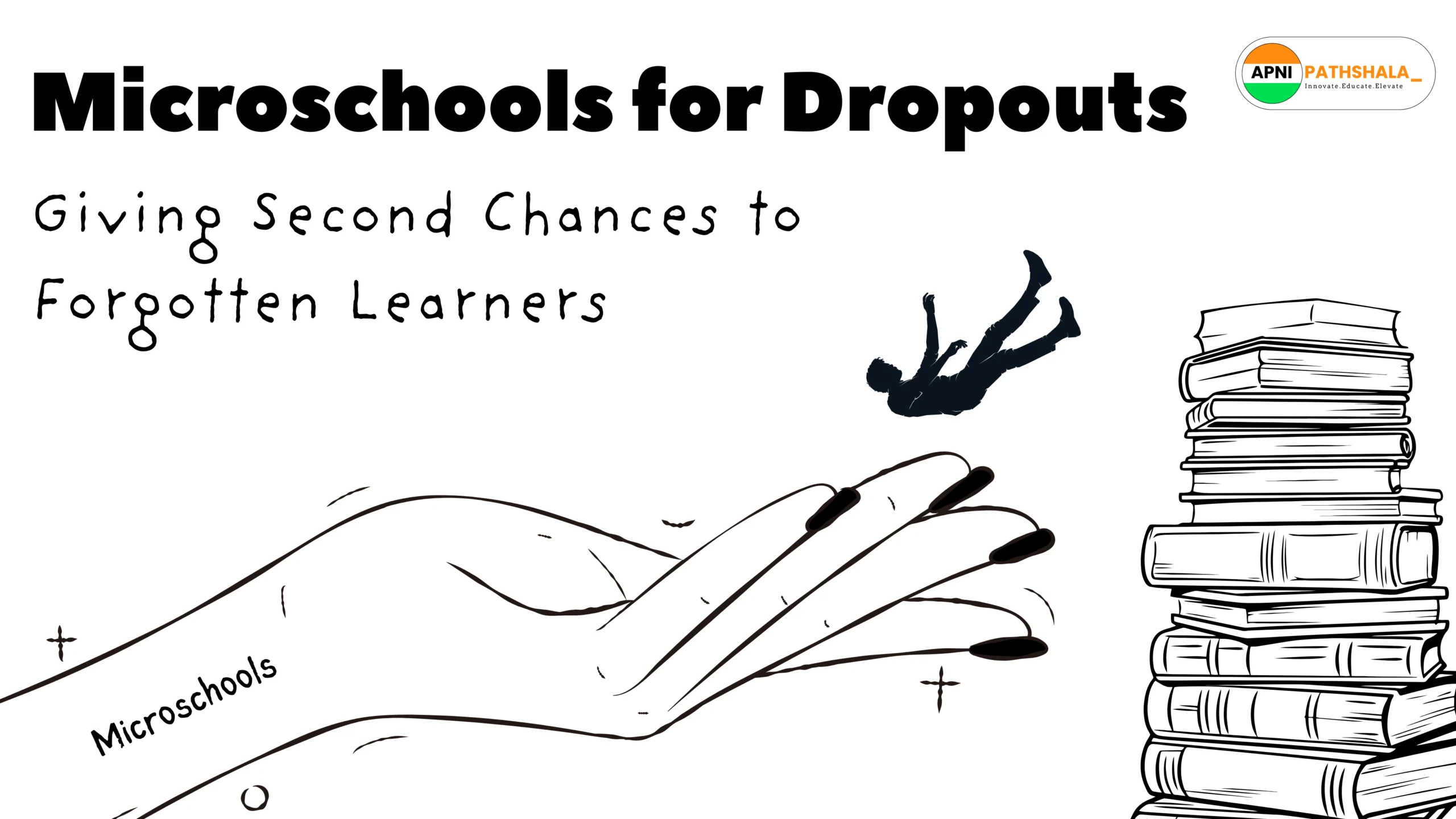
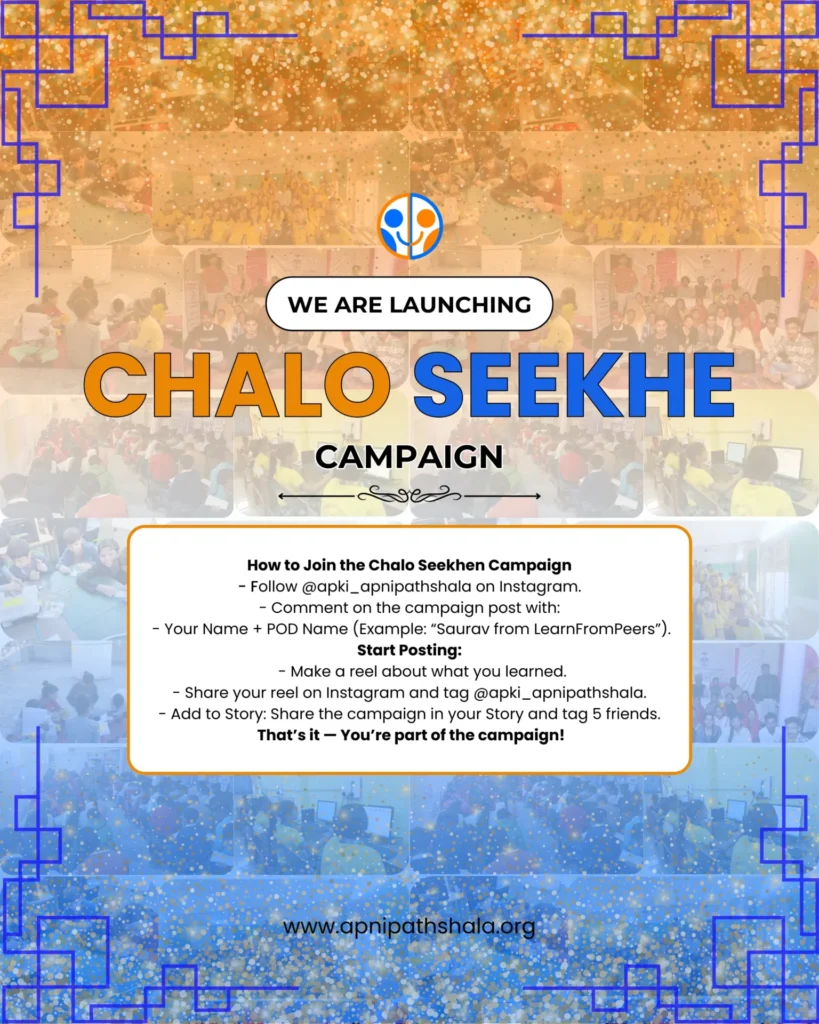
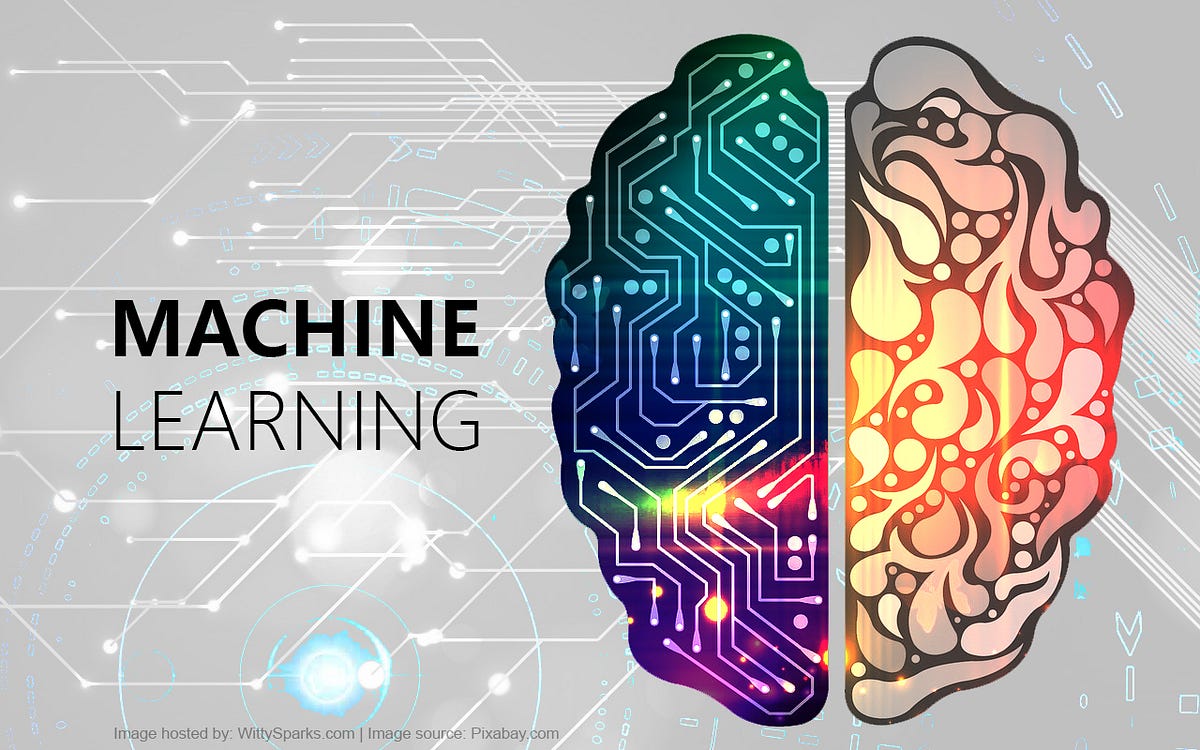
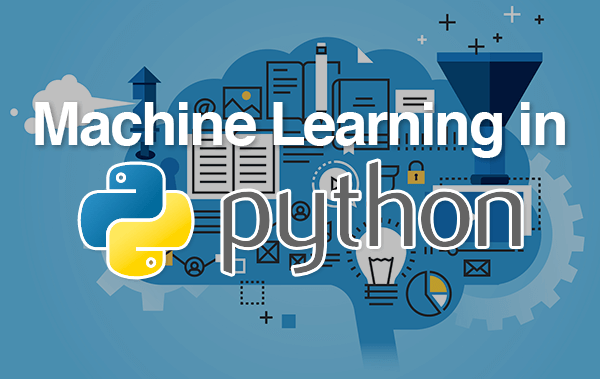
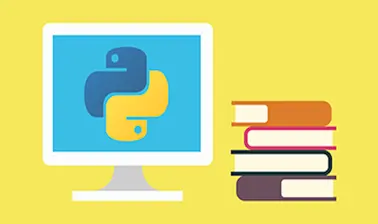
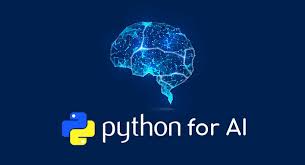
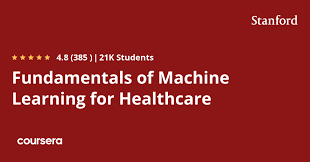
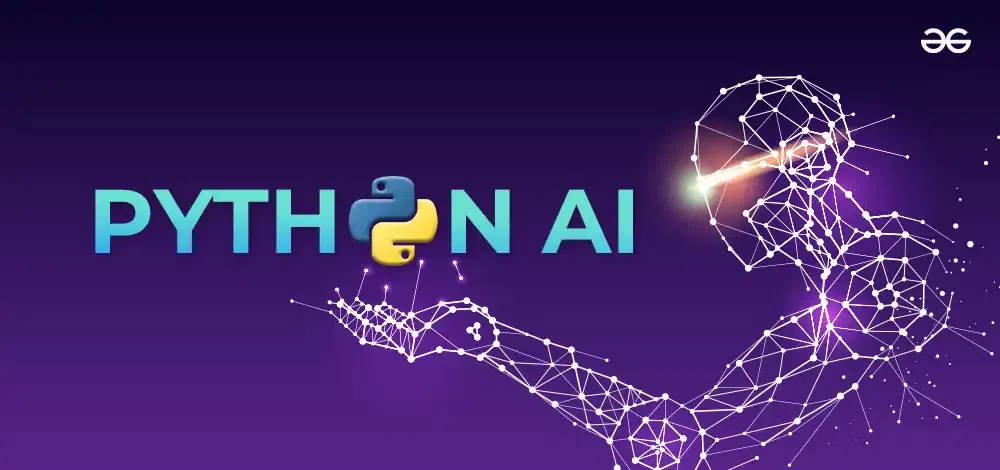
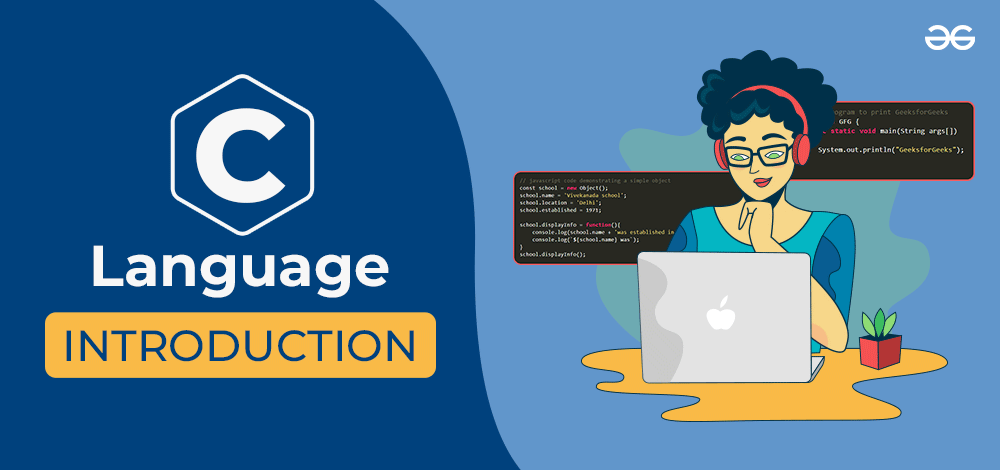
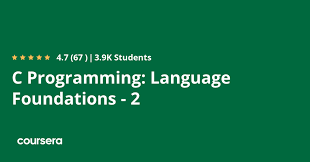

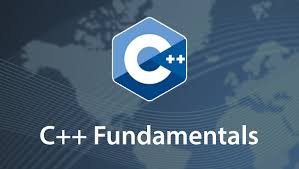
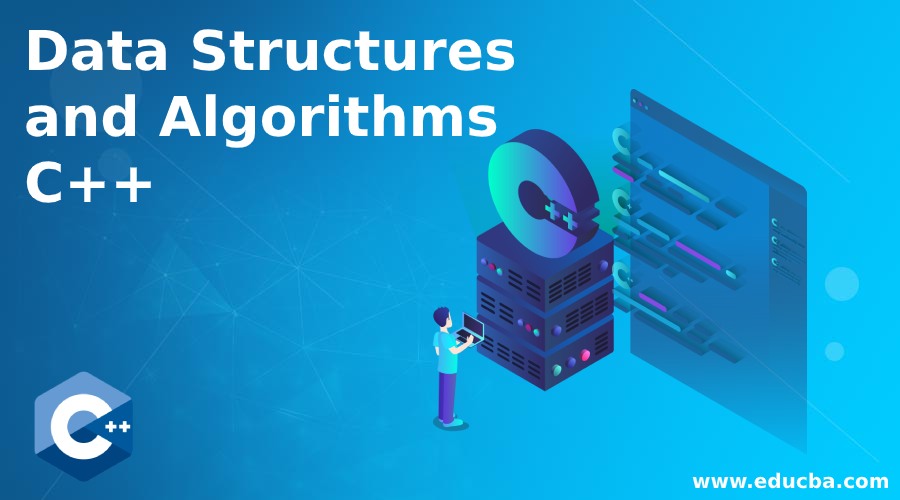
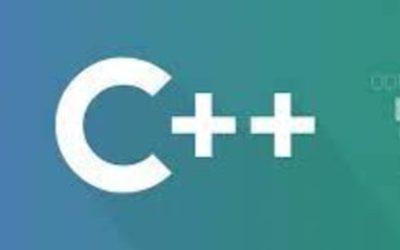
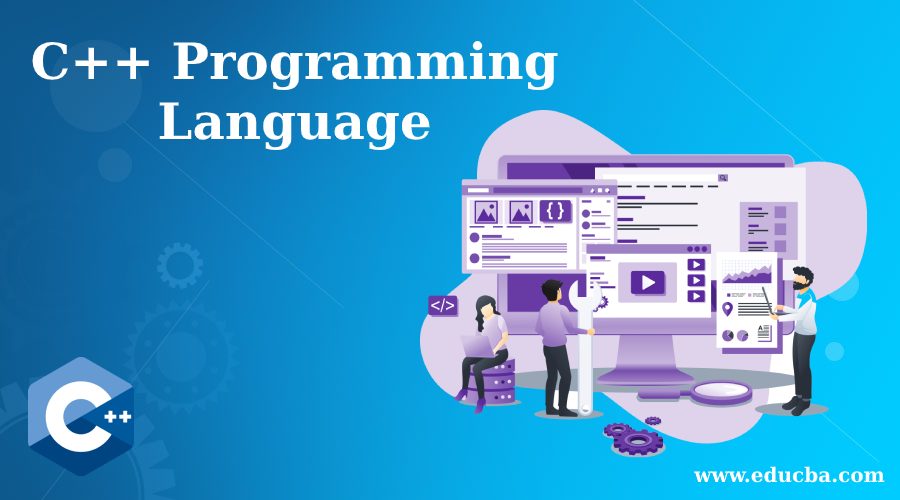
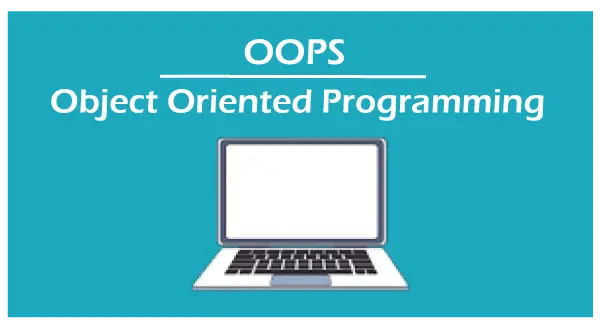
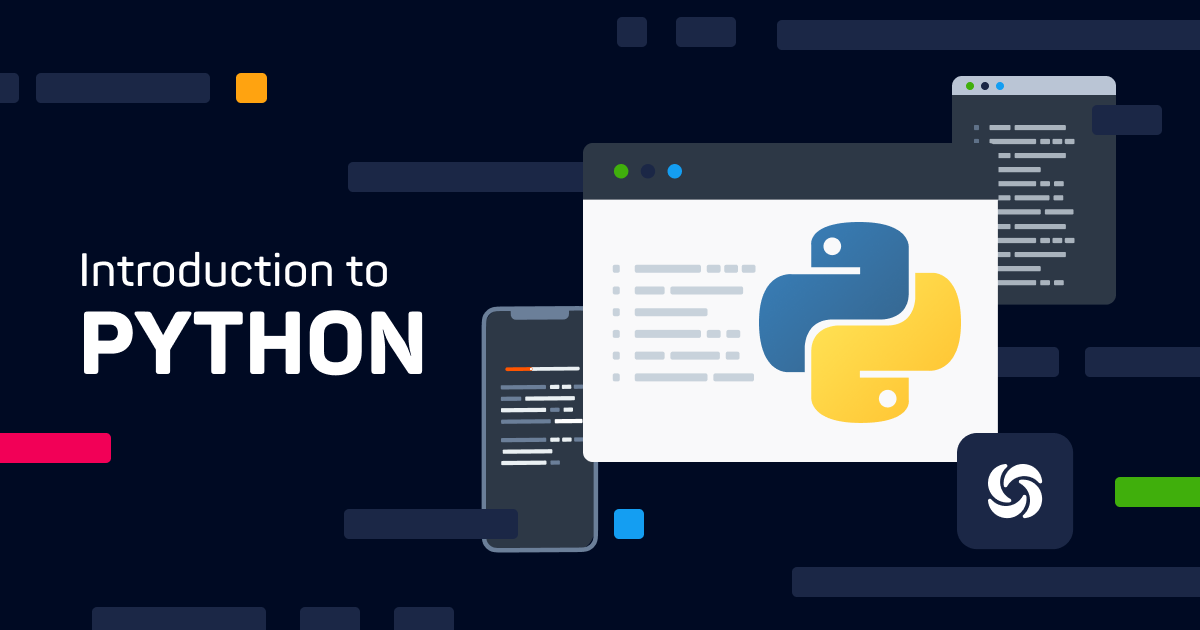
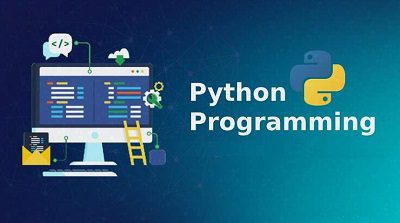

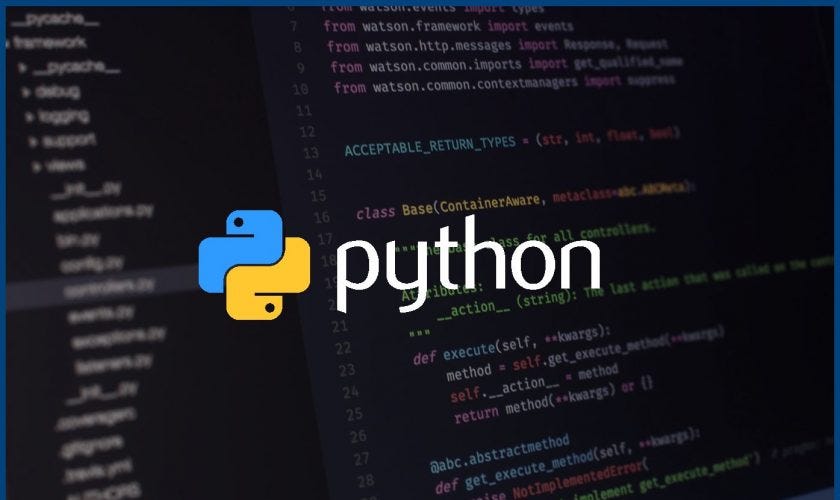
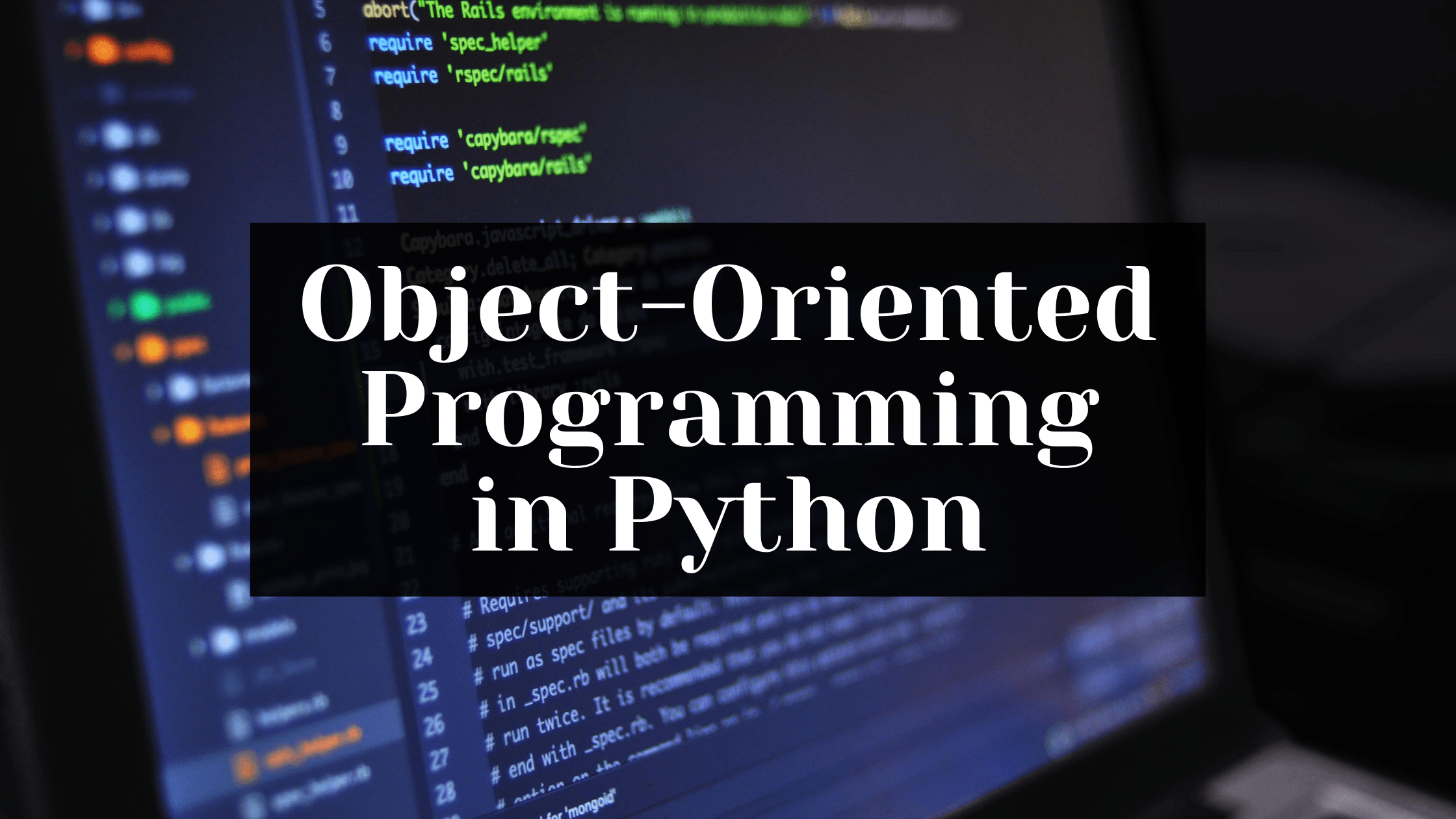
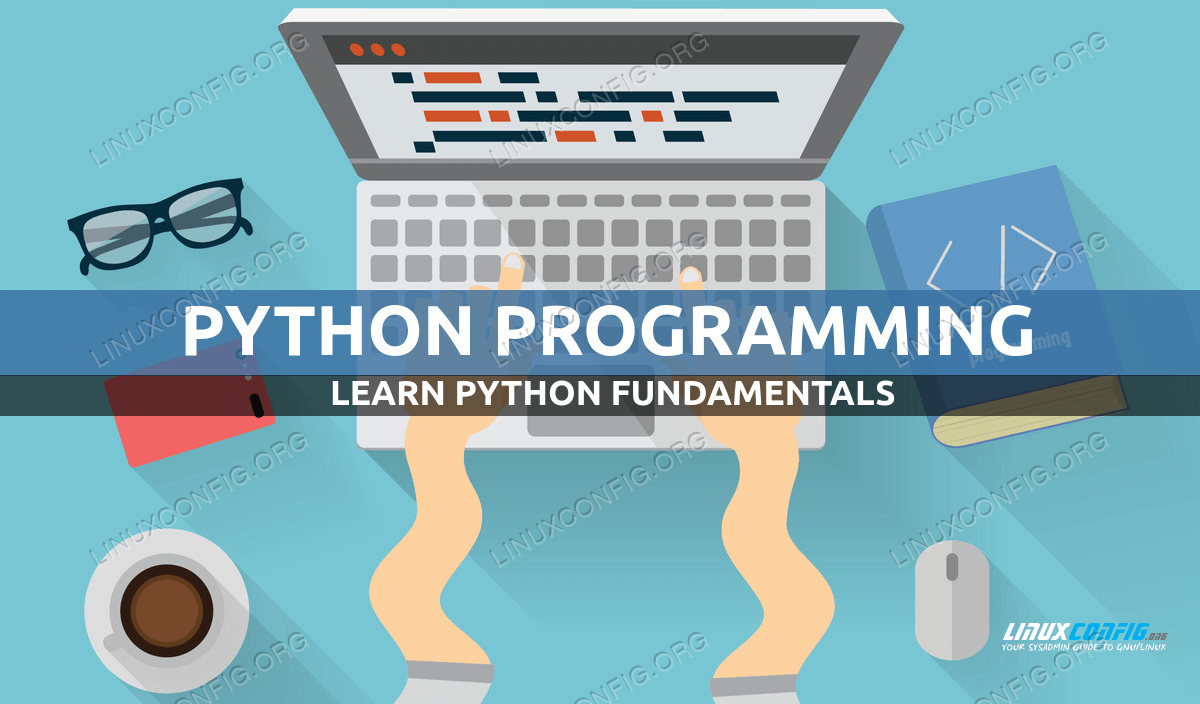

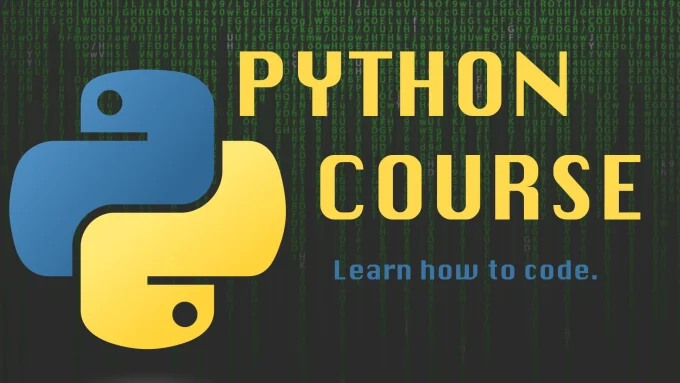

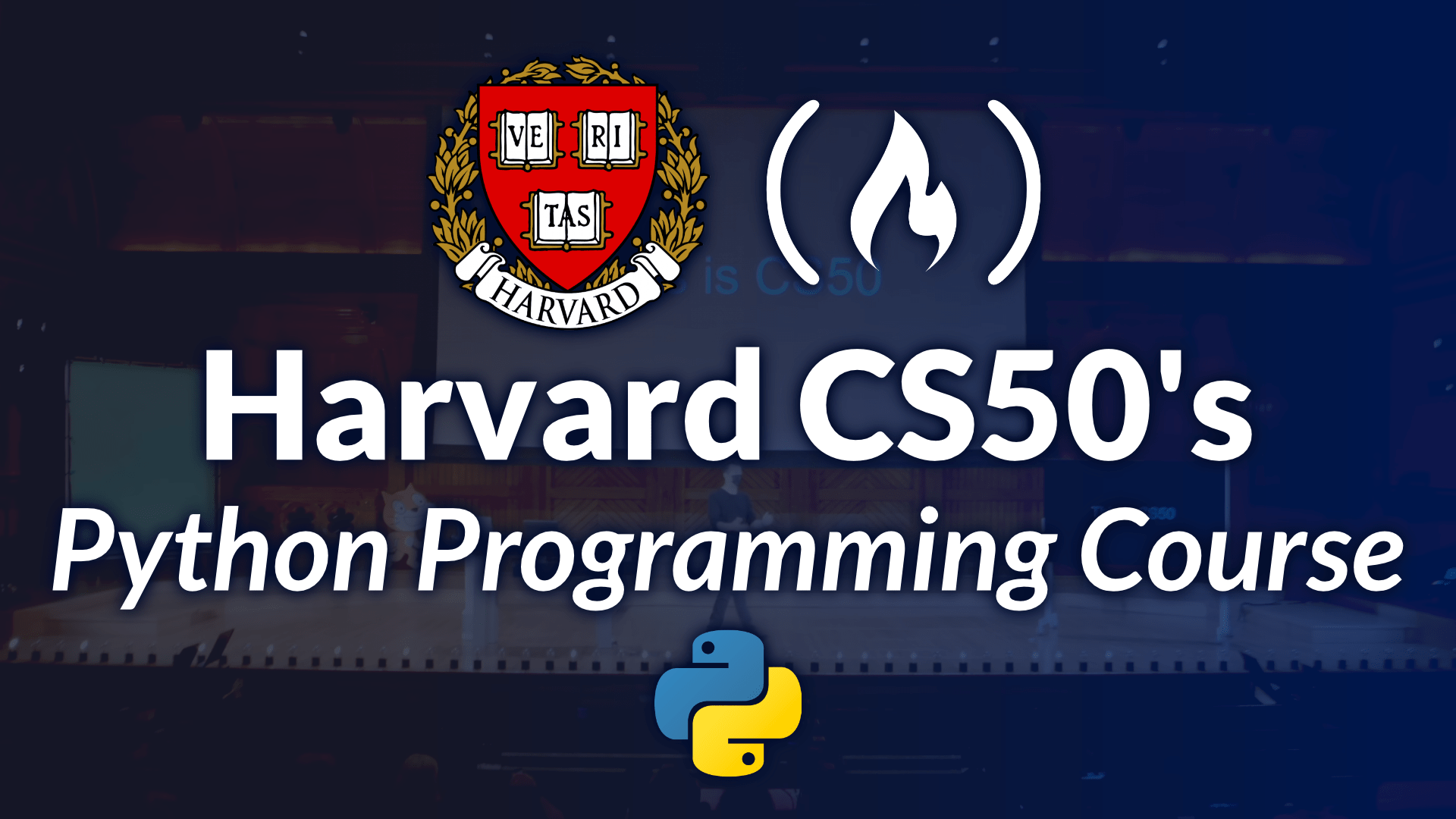
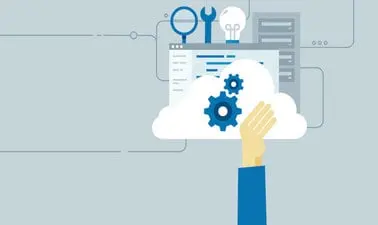



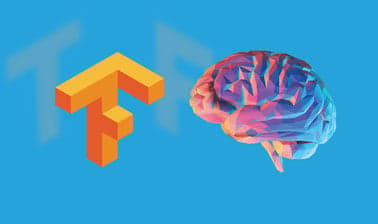









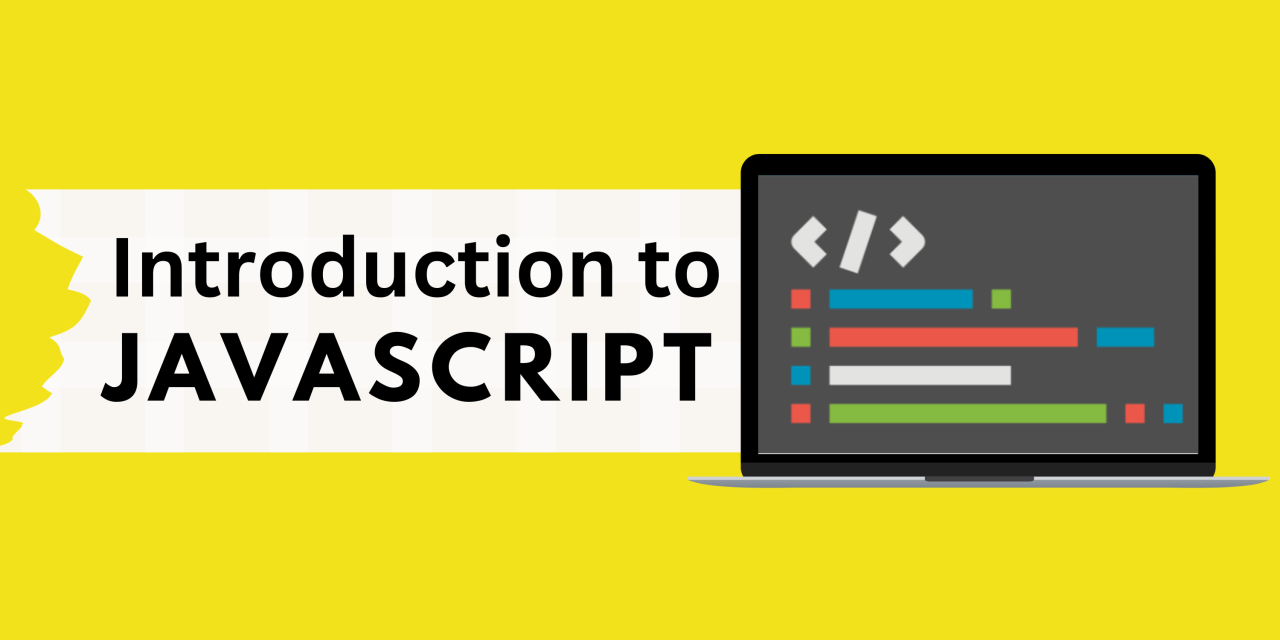



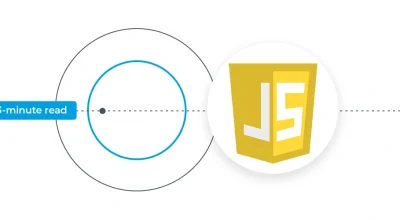


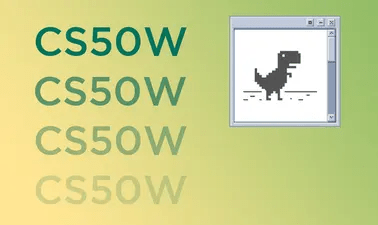





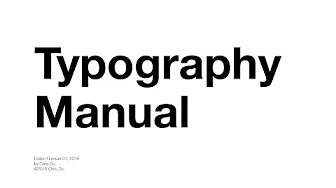









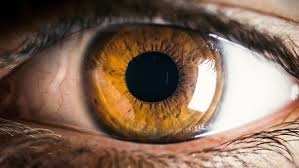



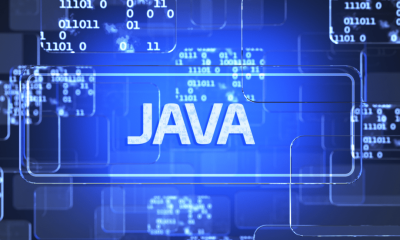
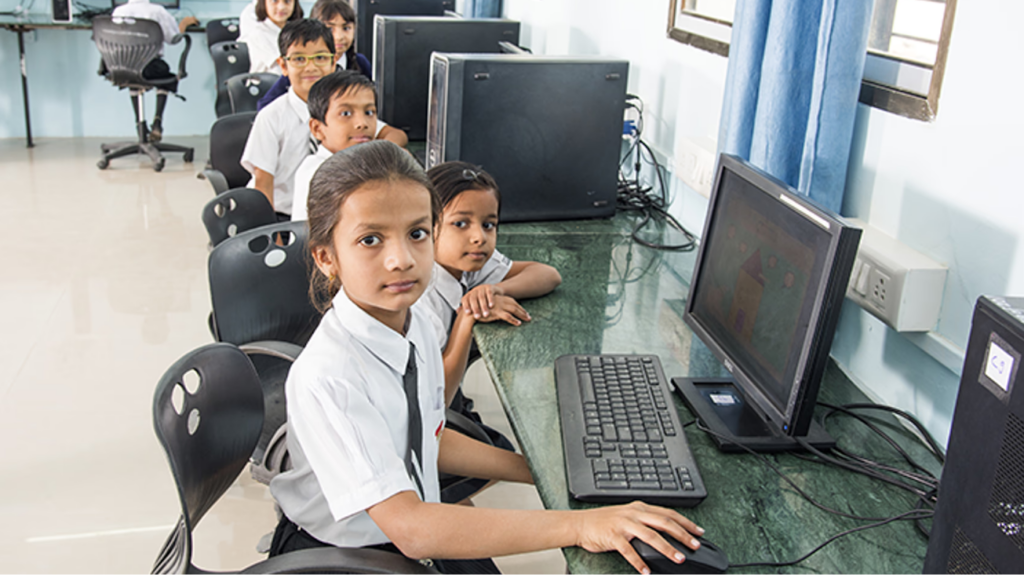
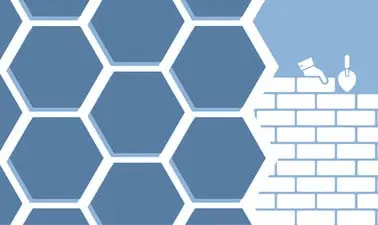
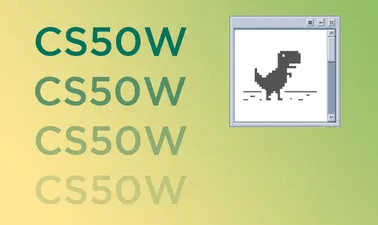

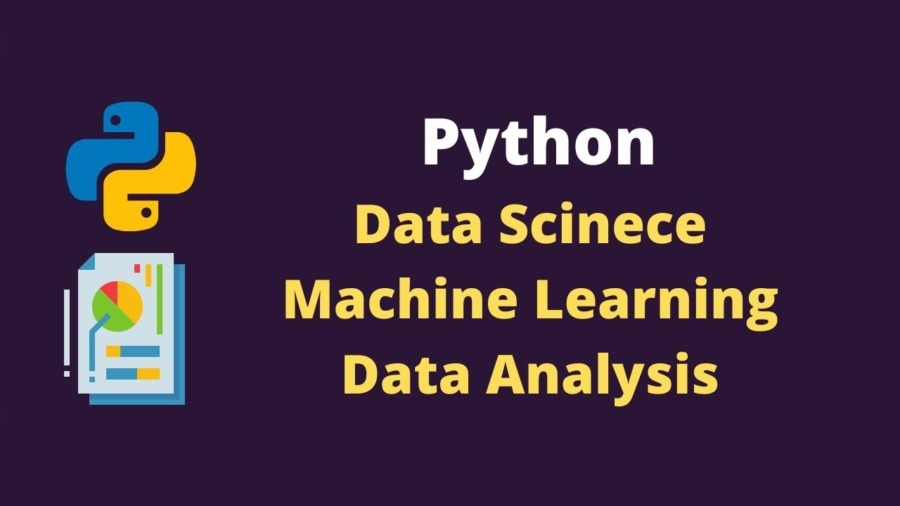
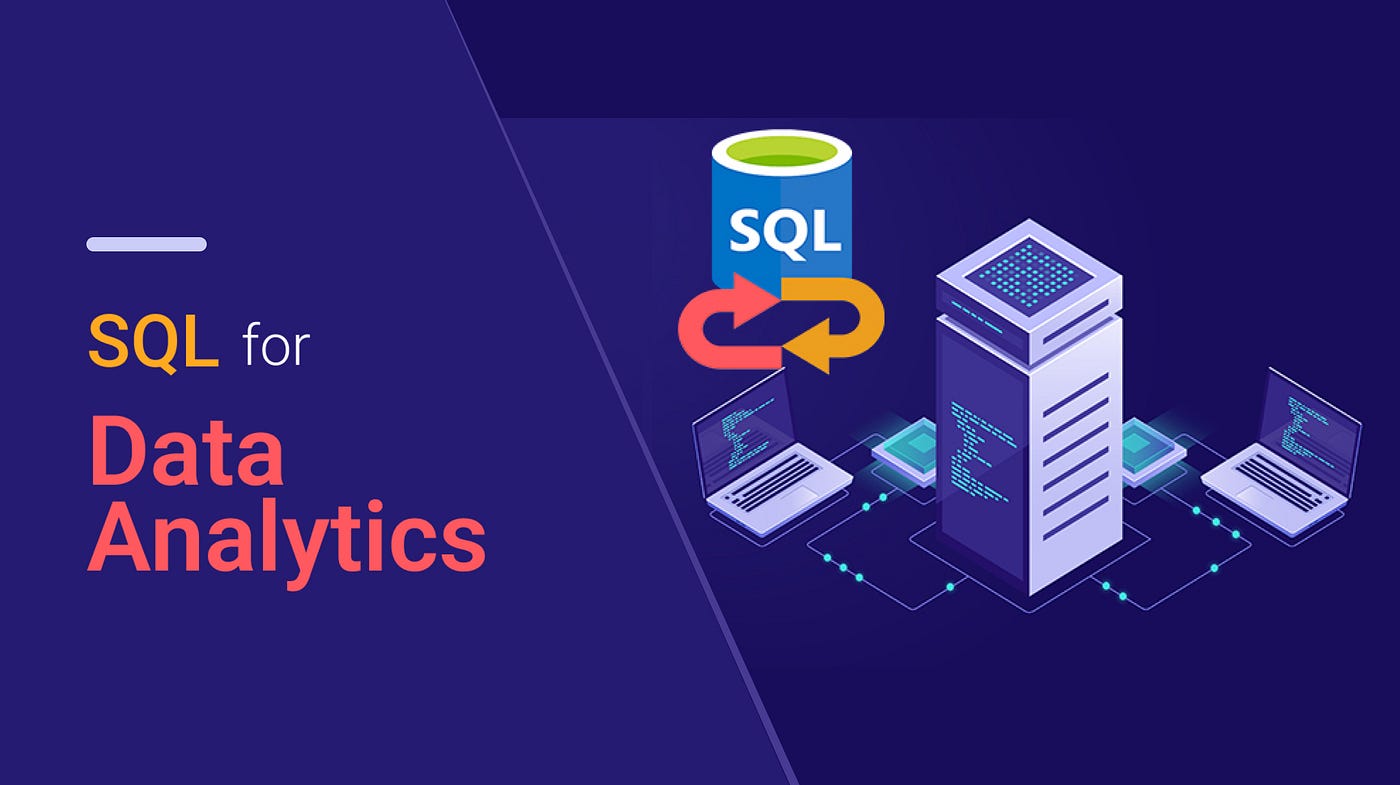
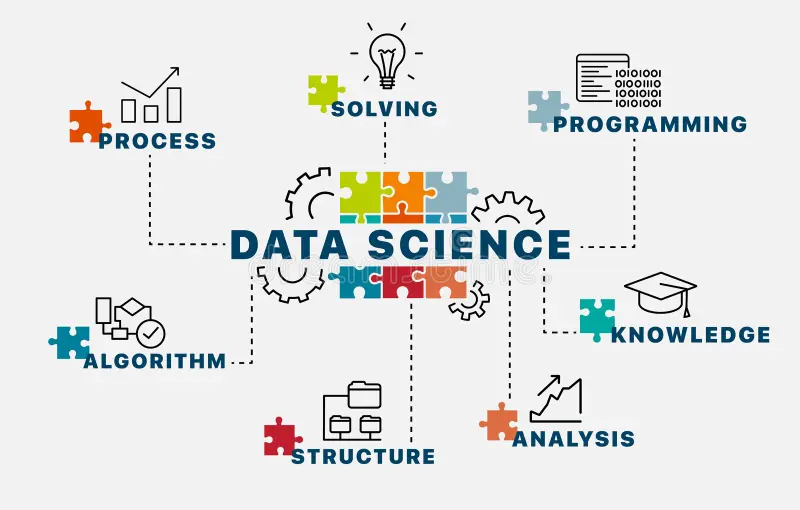


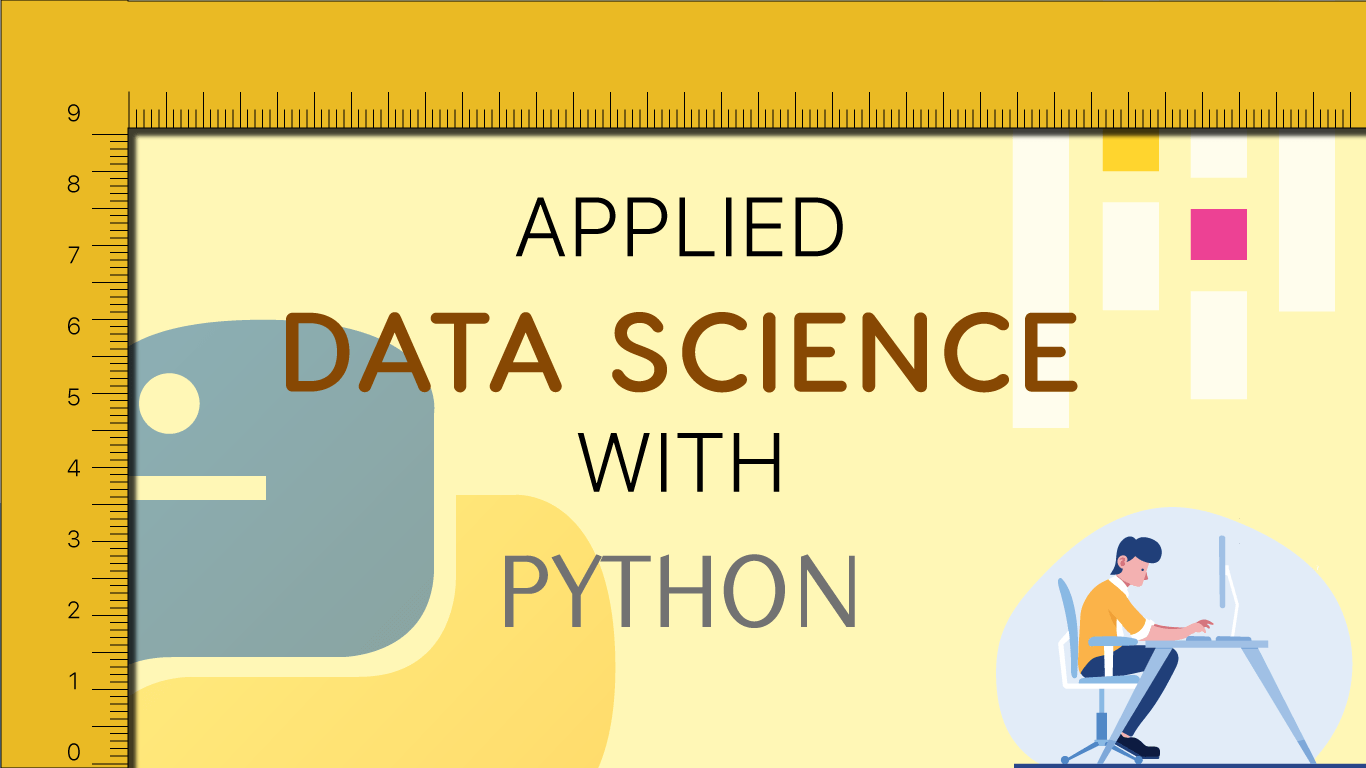


2 Responses
I really feel like today’s children should be given a second chance at their career choices.
Microschools like Apni Pathshala’s PODs give students a second chance by offering flexible, practical learning. Instead of rigid exams, they focus on real-world skills, mentorship, and personal growth helping learners regain confidence and prepare for the future. Every student deserves an education system that adapts to their needs!